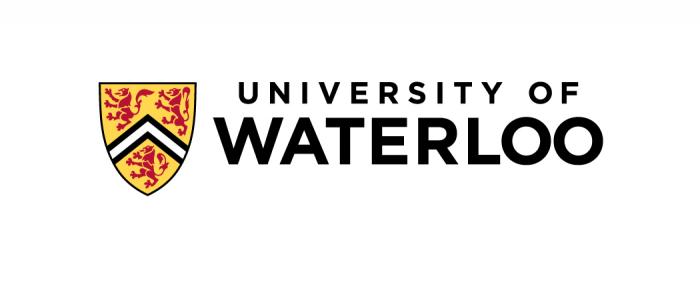Statistics
Description
This course provides a systematic approach to empirical problem solving which will enable students to critically assess the sampling protocol and conclusions of an empirical study including the possible sources of error in the study and whether evidence of a causal relationship can be reasonably concluded. The connection between the attributes of a population and the parameters in the named distributions covered in STAT 230 will be emphasized. Numerical and graphical techniques for summarizing data and checking the fit of a statistical model will be discussed. The method of maximum likelihood will be used to obtain point and interval estimates for the parameters of interest as well as testing hypotheses. The interpretation of confidence intervals and p-values will be emphasized. The Chi-squared and t distributions will be introduced and used to construct confidence intervals and tests of hypotheses including likelihood ratio tests. Contingency tables and Gaussian response models including the two sample Gaussian and simple linear regression will be used as examples. [Note: Many upper-year Statistics courses require a grade of at least 60% in STAT 231. Offered: F,W,S] Typical terms may not reflect online offerings.
Note: Check with the institution regarding start/end dates, prices, and delivery method. These may vary according to program, section, and/or semester.
Related Programs
Overview

- Institution: University of Waterloo
- Level: University
- Language: English
- Course Code: STAT231
- Delivery Method: Entièrement en ligne/à distance
Disclaimer:
Check with the institution regarding start/end dates, prices, and delivery method. These may vary according to program, section, and/or semester.
Check with the institution regarding start/end dates, prices, and delivery method. These may vary according to program, section, and/or semester.
